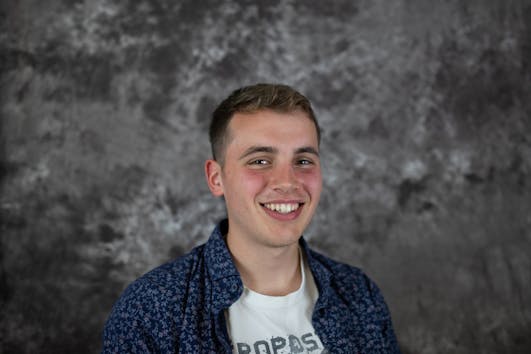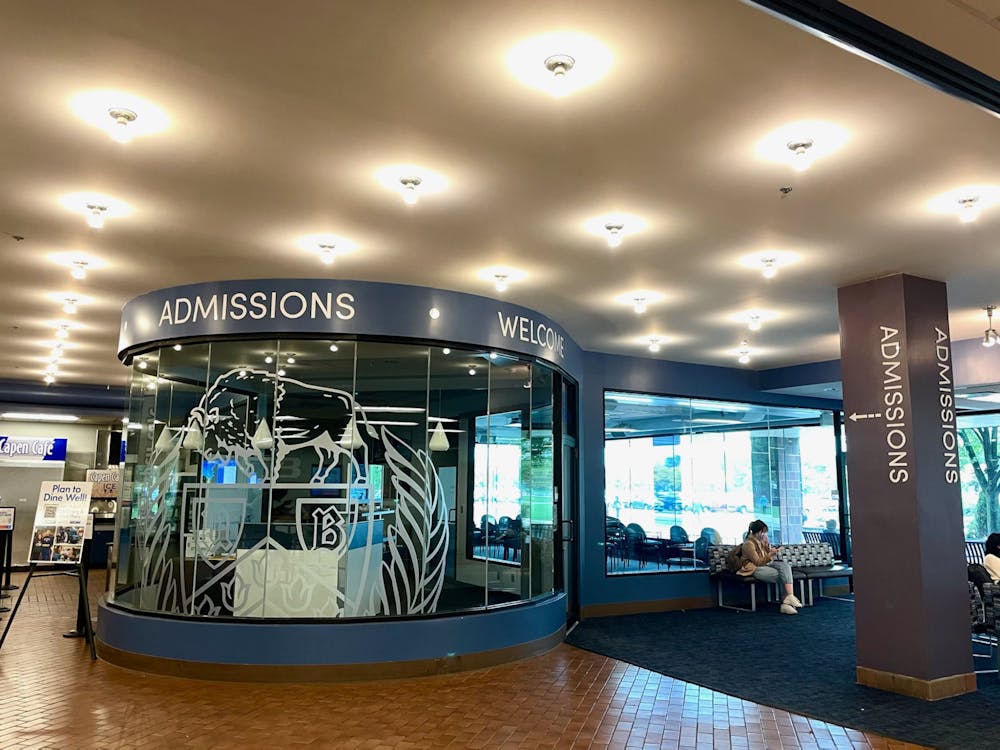The Supreme Court’s decision in Students for Fair Admissions v. Harvard was as shocking as it was predictable.
Exactly 45 years after it had decided that higher education institutions could consider race as one of many factors in college admissions, the nation’s highest court ruled in June that most race-based affirmative action policies were unconstitutional.
That 6-3 decision left thousands of universities and colleges across the country scrambling — and UB was no exception.
In the months after that ruling, UB’s Office of Admissions has completely overhauled its admissions policies. In addition to axing race-based affirmative action to comply with the law, UB has done away with legacy admissions policies and put a new emphasis on applicants’ socioeconomic status, access to education, and personal narratives.
“The Office of Admissions… works persistently to achieve the university’s public mandate to provide access and opportunities to populations of students who have demonstrated a propensity of academic success and the potential for college success despite educational, social, and economic disadvantages,” Ebony Dixon, the associate vice provost and director of admissions, said in a statement.
Prior to the Supreme Court’s decision, the Office of Admissions evaluated applicants based on their GPA, the rigor of their curriculum and whether they fit the criteria for any “plus factors,” according to an instructional presentation for admissions officers obtained by The Spectrum.
Under that system, prospective students earned a “plus” on their application for being a “historically underrepresented student;” the child or sibling of a student or alum; a woman (“particularly” those applying to STEM programs); from outside of New York State; and/or a first-generation student.
The “plus factor approach” was “sunset” at the end of the last admissions cycle, Dixon said.
The end of the “plus factor” approach effectively ended legacy admissions — or the practice of giving preference to applicants based on their familial connection to an alum — at UB.
Despite renewed national discussion about whether legacy preferences should have a place in the admissions process following the Supreme Court’s affirmative action decision, few other schools have ditched the policy, according to Timothy Welbeck, a professor of Africology and African American studies at Temple University.
“That is most universities’ opportunity to not only actively engage their alumni, but it’s also a great recruitment tool and a good funding source,” Welbeck, who is also the director of Temple’s Center for Anti-Racism, said. “Alumni are more likely to give to their institution, if they know someone who’s attending — a family member or family friend, things like that.”
The Office of Admissions replaced the “plus factor” system with an “extensive and comprehensive holistic admissions application review approach,” which doesn’t elevate “applicants based on any one preference,” Dixon said.
Under UB’s new admissions system, admissions officers “promote inclusivity” by, in part, examining prospective students’ educational opportunities and giving “necessary attention to applicants who may have traditionally experienced limited representation or access to education, often due to factors such as socioeconomic status.”
“I like the fact that they’re taking that into consideration,” Samuel Agorioge, a junior who is the president of UB’s Black Student Union and studying criminology, social work and African American studies, said. “Geography definitely plays a big factor in where you come from and what you’ve had access to growing up.”
Welbeck said he’s seen only a few other schools emphasize educational opportunities in admissions, but that UB’s new approach is part of a “broader trend” of schools “trying to be creative about recruiting diverse applicants.”
Prospective students can also still discuss how race or their racial identity has affected them in their applications under the Supreme Court’s decision, a fact that UB officials reiterated in statements to The Spectrum.
“Some schools are still reviewing that [information in personal statements] and using that as a signal that the student might be a diverse applicant if they’re qualified,” Welbeck said.
As a part of their “holistic approach” to admissions, the Office of Admissions has also created programs where prospective and admitted students can meet with current students or alumni in an effort to “elevate student stories.”
Although UB had started preparing for the end of affirmative action before the court’s verdict, the university is still adjusting by “reviewing admissions policies and procedures to ensure said policies and procedures are in compliance” with court’s decision and “conducting training for admissions personnel,” UB Chief Campus Counsel James Jarvis said in a statement.
Grant Ashley is the editor in chief and can be reached at grant.ashley@ubspectrum.com

Grant Ashley is the editor in chief of The Spectrum. He's also reported for NPR, WBFO, WIVB and The Buffalo News. He enjoys taking long bike rides, baking with his parents’ ingredients and recreating Bob Ross paintings in crayon. He can be found on the platform formerly known as Twitter at @Grantrashley.





